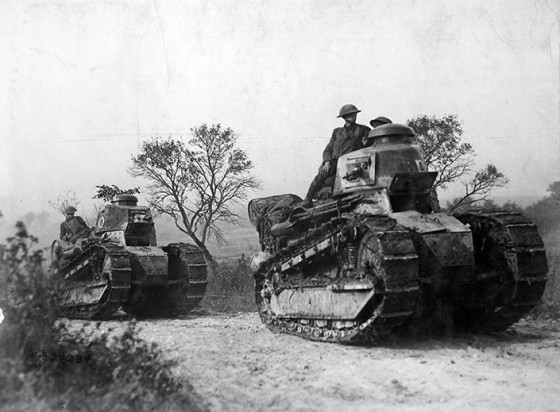
“Rugged, durable and timeless, the beloved A-2 was a source of pride to the U.S. air corps pilots and aircrew who sported them, with many treasuring their wartime bomber jackets for the rest of their lives.”
By John Slemp
PERHAPS no item of clothing from the Second World War-era would have the lasting cultural impact of the American A-2 leather bomber jacket. My book Bomber Boys: WWII Flight Jacket Art, examines the history and artwork of the garment, along with the outsized influence this simple fashion item has exerted since its creation.
Rugged, durable and timeless, the beloved A-2 was a source of pride to the U.S. air corps pilots and aircrew who sported them, with many treasuring their wartime bomber jackets for the rest of their lives.
And it wasn’t just pilots who sought them out. A-2s would become a coveted collectable by wartime military personnel and civilians alike, who found them the epitome of style and panache. Faithful reproductions and cheap knock offs flooded postwar markets, while wartime-era originals are able to fetch many thousands of dollars today.

Relatively simple in design, A-2 jackets were originally made of durable horsehide. Later limited production runs made use of more lightweight goatskin, although the vast majority used cow hide.
Produced in the tens of thousands by a series of manufacturers between 1931 when the U.S. Army first adopted them, and 1943 when the air force switched to cloth flier jackets, A-2s featured a brown leather shell with a one-piece, seamless back ranging in shade from dark seal (almost black) to more medium russet or reddish. The design incorporated a shirt-style collar with button snaps on the underside, a hook and eye latch at the neck, along with stitched shoulder epaulets and two top-entry pockets with button flap closures. Other details, like woolen-knit cuffs and waistband, along with a zipper covered with a thin storm flap that ran the length of the jacket, all made the A-2 instantly recognizable. The liner material was originally spun silk but was later replaced with cotton, as silk was needed elsewhere. The end result was a very durable work coat ideal for pilots that cost the U.S. government about $8.25 apiece. As many as 750,000 may have been produced over the 14-year production run.

Pilots famously personalized their treasured jackets with painted artwork. Often the number of missions flown were depicted by the number of bombs on the jacket, along with the aircraft nickname, and other symbols in vibrant colors. While not all jackets were emblazoned with artwork, of those that were, the variety of designs and the symbology used ranged from rather crude to excellent in quality.
The artists who customized pilots’ A-2s ranged from squadron personnel who had worked in illustration and sign painting before the war to talented hobbyists. Local civilian artists who happened to reside near American airbases earned money on the side by painting jackets.
While such adornments were officially prohibited by military regulations, commanders largely turned a blind eye to the practice, as it was an innocuous and largely benign practice. In some instances however a painted jacket could cause great embarrassment to the military. Such was the case when Kenneth D. Williams bailed out of his crippled bomber over Germany wearing a jacket with “Murder, Inc.” on the back.

A German soldier photographed it, and the image was used as propaganda by the enemy to proclaim that the Americans were pulling hardened criminals from prisons and using them to kill innocent women and children. U.S. commanders were soon advised to pay more attention to the artwork. Interestingly enough, Williams’jacket now resides in the collection of the Smithsonian Air & Space Museum in Washington, D.C.
Surprisingly, of the original A-2 jackets that still exist, many are in excellent shape, and if properly cared for, they should remain so for the foreseeable future.



In Bomber Boys: WWII Flight Jacket Art, 104 jackets are showcased from all combat theaters, and the original, high-resolution photography is supported by numerous contemporary black and white portraits. Along the way, readers will read harrowing stories of survival, including accounts from Tuskegee Airmen and Women Airforce Service Pilots. The book even features a section on the fashion and cultural impact of the A-2, along with a section written by a well-known appraiser on collecting the jackets, and professional conservation tips. A comprehensive index rounds out the book. In all, it’s a thorough and fresh look at this now iconic American genre of military folk art.
John Slemp is the author of Bomber Boys: WWII Flight Jacket Art. A photographer with 30 years of experience of advertising, corporate and editorial work, he’s an 11-year veteran of the U.S. Army. For more information about the book, visit: https://wwiibomberboys.com.










